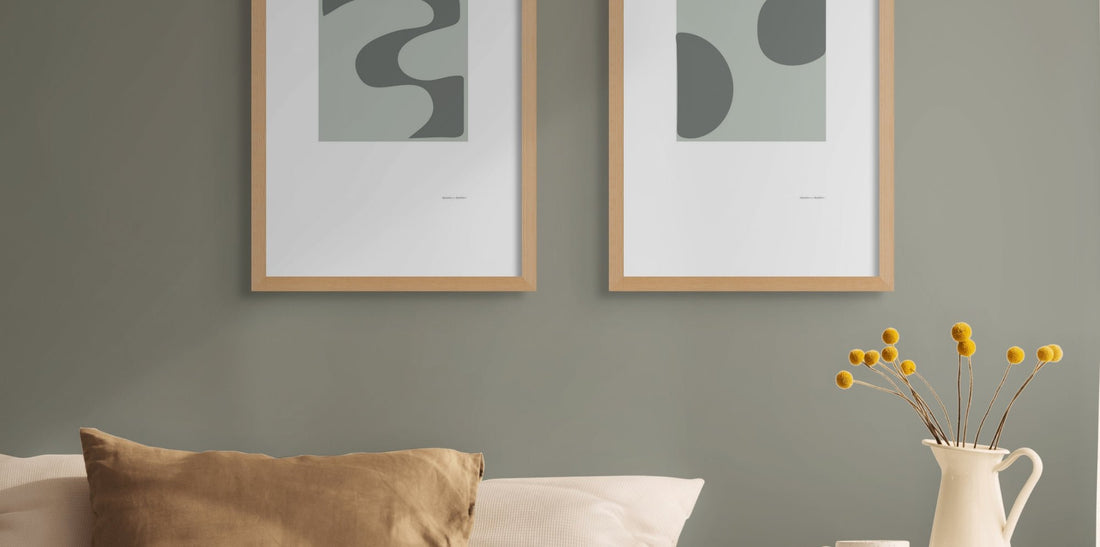Colour is all around us, influencing our emotions, perceptions, and even our behaviour. From the clothes we wear to the walls of our homes, the colours we choose can have a profound impact on our mood and well-being. In this blog post, we will explore the fascinating world of colour psychology and how different colours can affect our emotions and overall mental state.
How does colour affect our emotions?
Research has shown that different colours can evoke specific emotional responses. For example, warm colours like red, orange, and yellow are often associated with feelings of energy, excitement, and happiness. These colours can stimulate the senses and create a sense of warmth and positivity.
On the other hand, cool colours like blue, green, and purple are known for their calming and soothing effects. These colours can promote relaxation, reduce stress, and create a sense of tranquility. That's why many spas and wellness centers use cool colours in their decor to create a peaceful environment.
How can colour impact our behaviour?
Colour can also influence our behaviour and decision-making. For example, studies have shown that the colour red can increase appetite and stimulate the senses, which is why many fast-food chains use red in their branding and signage. Similarly, the colour blue is often associated with trust and reliability, making it a popular choice for banks and financial institutions.
Furthermore, colour can also affect our productivity and focus. Research has found that the colour green, often associated with nature and growth, can enhance creativity and concentration. This is why incorporating plants or green elements into your workspace can have a positive impact on your work performance.
How can we use colour to improve our well-being?
Now that we understand the impact of colour on our emotions and behaviour, we can use this knowledge to improve our well-being. Here are a few tips:
- Choose colours that align with your desired mood. If you want to feel energised and motivated, opt for warm colours like red or orange. If you want to create a calm and peaceful atmosphere, go for cool colours like blue or green.
- Consider the purpose of the space. Different colours are suitable for different rooms. For example, vibrant colours like yellow or orange can be great for a living room or kitchen, while softer colours like blue or lavender can be more suitable for a bedroom or bathroom.
- Experiment with colour accents. You don't have to paint an entire room to experience the impact of colour. Adding small accents like pillows, artwork, or rugs in different colours can still have a significant effect on the overall mood of the space.
Colour is a powerful tool that can greatly influence our emotions, behaviour, and overall well-being. By understanding the impact of colour and making intentional choices, we can create spaces that promote positivity, relaxation, and productivity. So, the next time you're redecorating or choosing an outfit, consider the impact of colour and how you want to feel.

